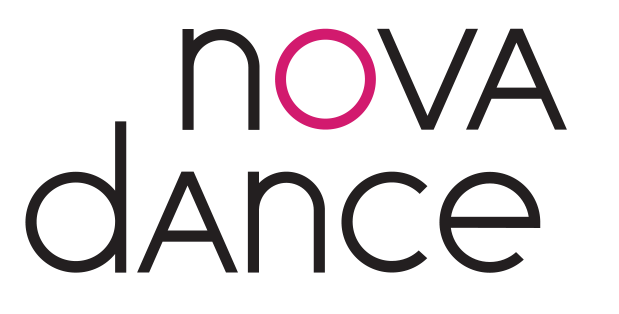Interview with Rachel Robbins from TO Live
Rachel Robbins, Education and Engagement Manager at TO Live
Rachel shares her thoughts about our monthly Discover Dance program presented by TOLive and Baycrest@Home.
Do you have a favourite story about the impact of dance on a Discover Dance audience member?
It’s been very rewarding to see our partnership with Baycrest@Home come to life. This has allowed us to bring Discover Dance to whole new audience and add new purpose to the program. I can’t say I have a particular story, but we’ve heard from the Baycrest team that virtual programming is a lifeline for some of their clients which adds a very special element to the program. And we can see that engagement on screen.
How or what have you been learning throughout this online format of Discover Dance?
So many things! Logistically, this new format has been keeping us all on our toes and I’m learning new things about how to best use technology and our resources each month. There’s also a bit of a dichotomy. In one sense, particularly in relation to our partnership with Baycrest@Home, I’m seeing first-hand how impactful virtual programming can be. Before the pandemic, I’m not sure I would’ve been as excited about the idea but we are reaching folks across long distances and creating deep, genuine connections. It feels like magic. On the other hand, my first step back into a theatre was this July with Discover Dance and it was emotional. Since we’ve returned to being in the same room as the artist and sharing space in a theatre together, it’s hard to ignore how much we gain from an in-person experience. As I reflect on what I’m learning from this new format, I’m trying to make sense of these two realities.
And what are your thoughts on presenting two slightly different versions of Discover Dance at two different show times, along with how it impacts the communities that it reaches?
I think it is almost as important to talk about how they are not two different versions [of the show]. The lunch hour version is open to the general public, and the afternoon version is for the Baycrest@Home community which includes older adults with memory changes and their caregivers. But, it is the same 1-hour program for both audiences and both are rooted in the purpose of learning about dance and meeting incredible local artists. We are not changing the content or how the program is presented. We do engage the artists in one hour of training for the afternoon program, and the difference I think is about the preparation, and really understanding the connection between arts and wellness and the reason we are doing this work. The execution is pretty similar, but we are all prepared in case we need to, for example, adjust the pace, repeat movements, or take more time for conversation. Dance and the arts can help access memories and movement – I think that’s also important context we all keep in mind in terms of looking at the impact and purpose of the program. We receive feedback after each one which allows us to better understand the needs of our audiences and, hopefully, we will always be growing and provide the best possible experience each time.
How is TO Live hoping to create hybrid community events now that full capacity is allowed in the venues?
This is exactly the conversation we’re starting to have. We’re looking at the logistics keeping in mind both virtual and in-person audiences feeling included and enjoying a hybrid program. We have spent the year building a virtual audience which includes folks who, even upon re-opening, still won’t be able to attend programs in the venue. We definitely want to maintain that access so we’ll all be learning together as we continue ahead.
Sometimes Discover Dance has turned into a dance class is there a movement moment that you’d like to share?
One of my favourite memories was learning the core movements of whacking with Ashely “Colours” Perez. I loved how she was able to break it down and help us understand the building blocks. After that exercise, it was a totally different experience watching her perform. I was seeing so many more nuances in her movement. That’s the beauty of Discover Dance. I truly experience dance differently now. Through learning about all of the artists we have featured, my definition of dance has expanded and my appreciation for the art form has deepened.
How are you coping with our times? Do you have a ritual, something that revitalizes you that you might share?
One ritual I try to incorporate is “morning pages”. The practice is from a book called The Artist’s Way by Julia Cameron. What has really stuck with me, especially in the last 18 months of the pandemic, is the writing exercise where you handwrite three pages of stream of consciousness first thing in the morning. It’s pretty straight forward and not meant to be journaling, or record keeping, or anything you plan to go back and re read. It’s only about the output and for me, that’s one thing that helps me clear my mind and re-center

